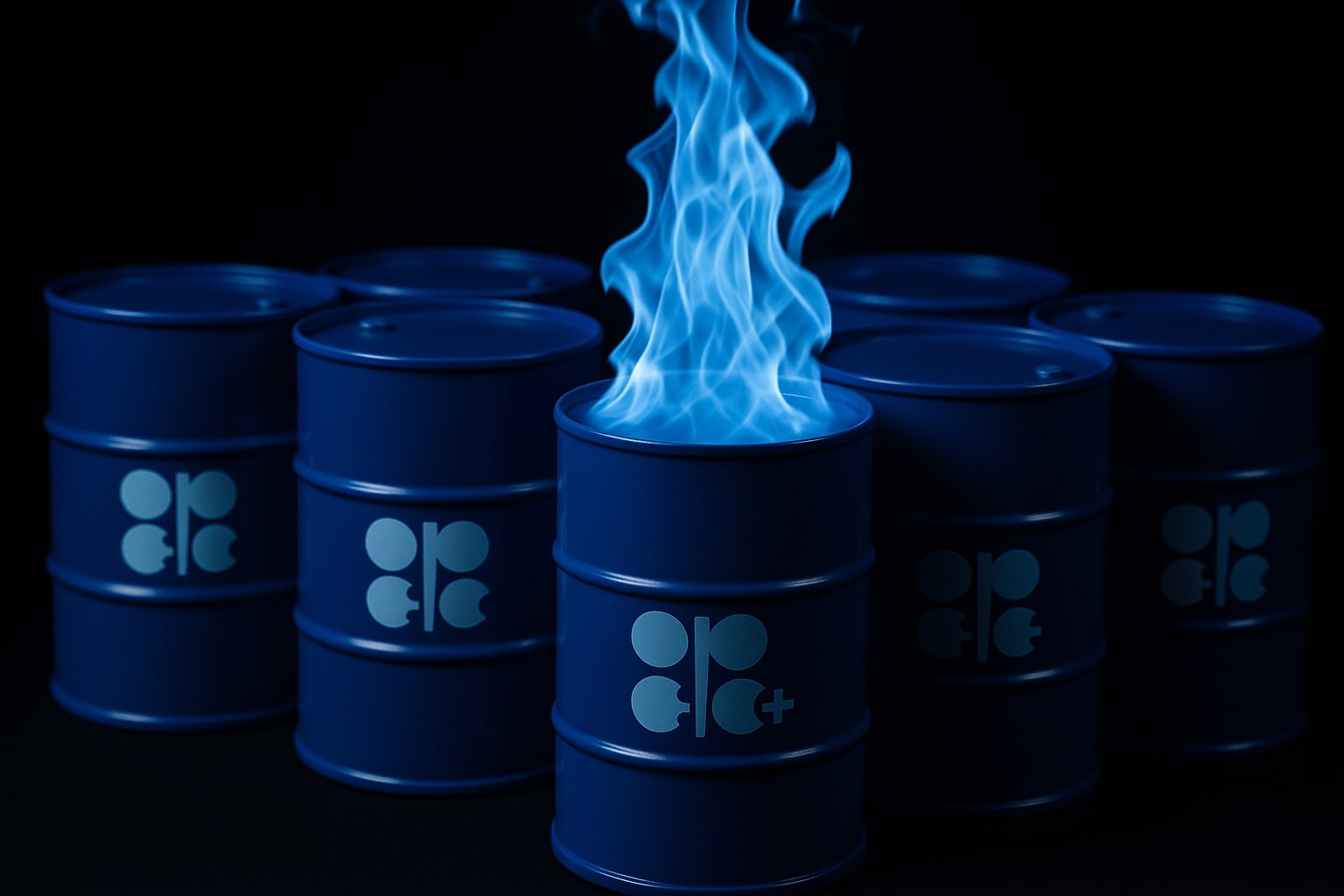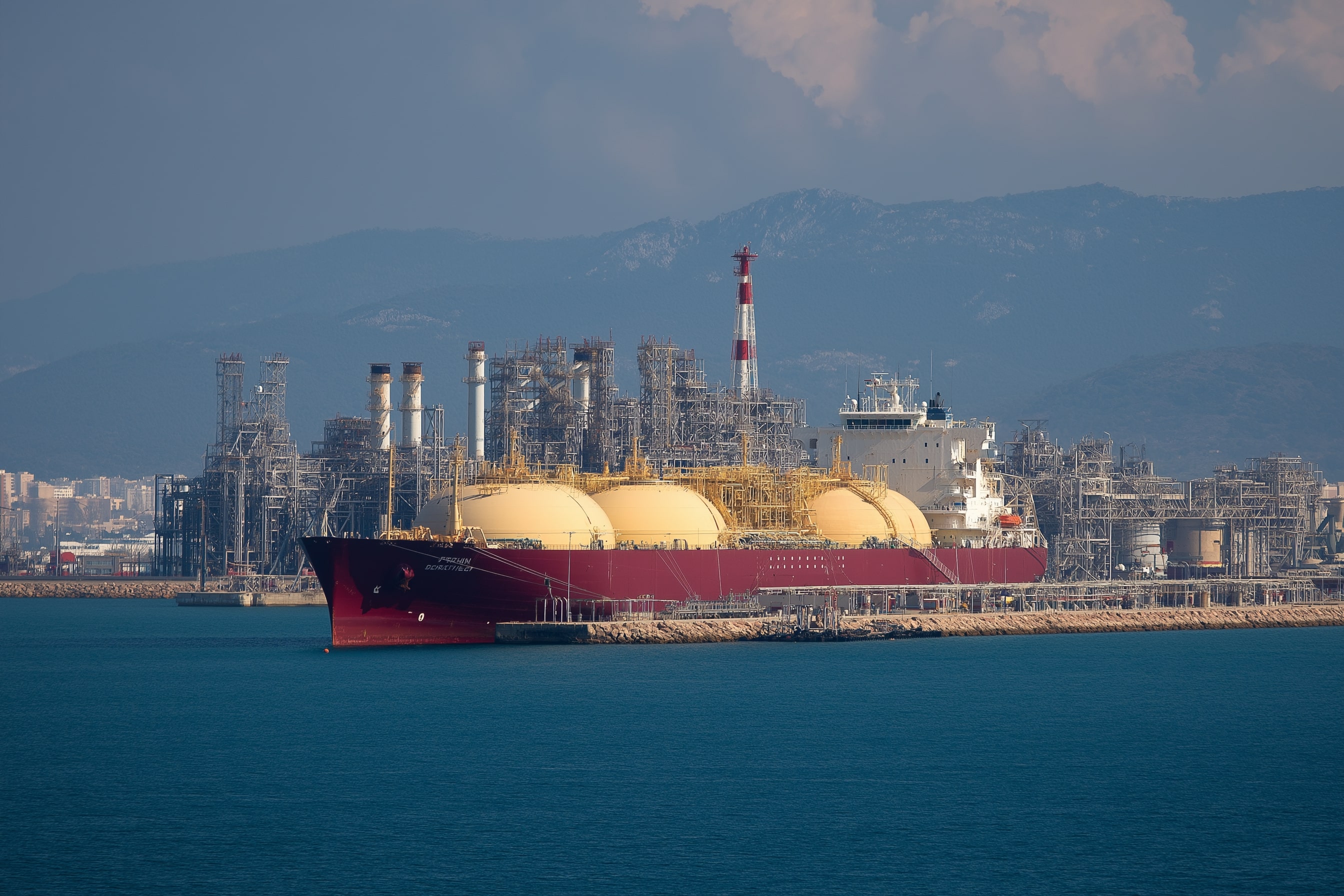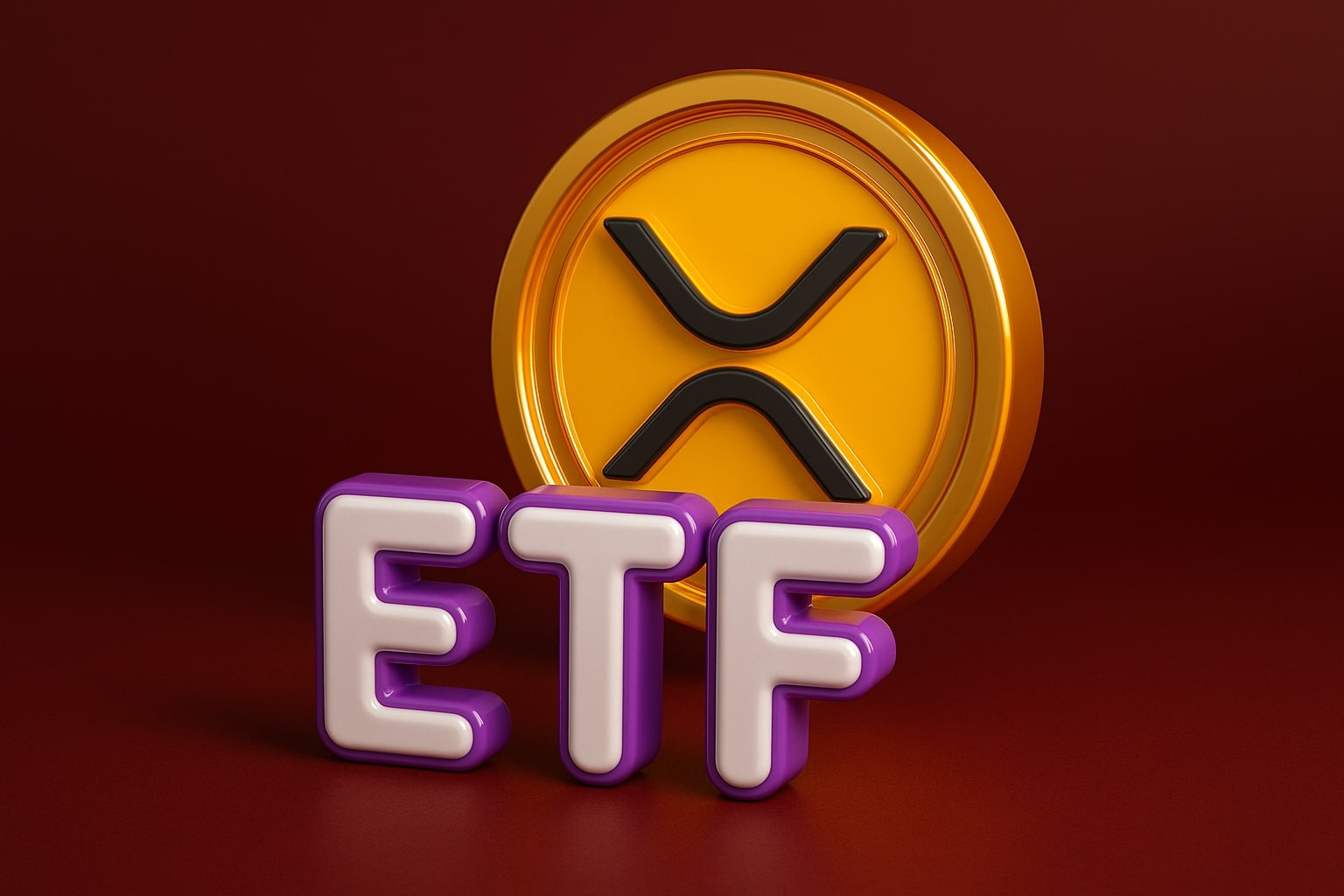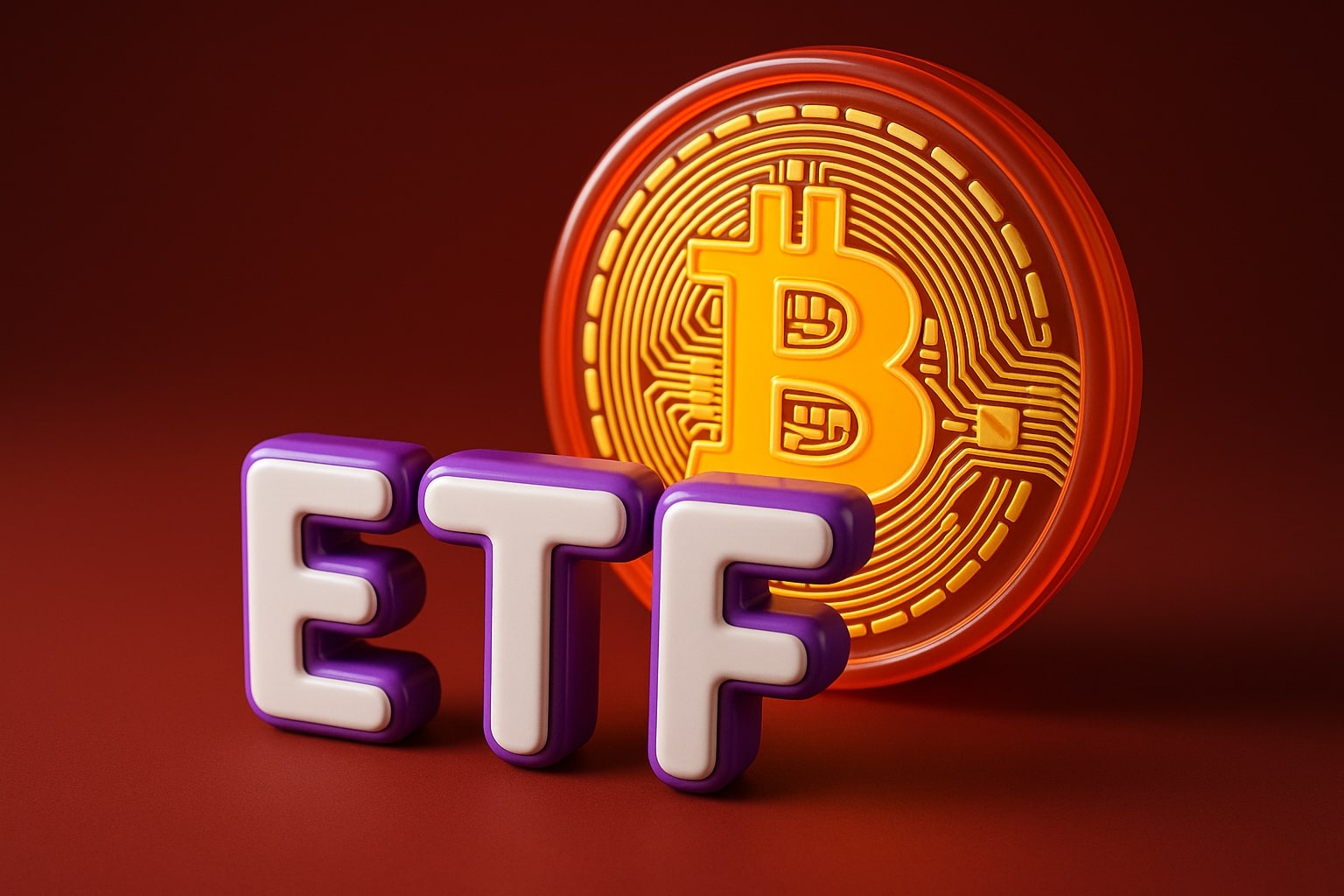
Oil Price Forecast: WTI (CL=F) and Brent (BZ=F) Hover Near Lows $58–$63
Oil prices rebound modestly to $58 (WTI) and $63 (Brent) but face pressure from rising U.S. stockpiles, Chinese slowdown, and weak OPEC+ compliance | That's TradingNEWS
WTI Crude (CL=F) and Brent (BZ=F) Hold Fragile Gains as Inventories Rise, OPEC Caution Grows, and Supply Glut Fears Resurface
U.S. Crude Inventories Rise as Market Fights to Hold $58 for WTI
WTI Crude (CL=F) trades at $58.24 per barrel, up 0.50% on Wednesday, recovering modestly after testing the $57.50 zone earlier in the week. The EIA reported a 2.8 million barrel increase in U.S. crude inventories for the week ending November 21, bringing total commercial stockpiles to 426.9 million barrels, which remains 4% below the five-year seasonal average. The previous week saw a draw of 3.4 million barrels, indicating a sharp reversal driven by rising imports and refinery restarts.
Gasoline inventories also rose 2.5 million barrels, following a 2.3 million barrel build the prior week, with production increasing to 9.6 million barrels per day (bpd). Distillate inventories climbed by 1.1 million barrels, supported by higher refinery utilization, bringing output to 5.0 million bpd. Total product demand averaged 20.4 million bpd over the last four weeks — marginally below last year’s levels, showing the slowdown in U.S. transport fuel consumption.
Despite the inventory build, WTI’s price action reflects short-term support around $55–$56, with technical traders defending this zone as a near-term floor. However, the recovery remains fragile, and the 50-day EMA near $60.20 marks the upper cap where rallies have repeatedly failed.
Brent Crude (BZ=F) Struggles to Maintain $63 as Oversupply Persists
Brent (BZ=F) trades near $62.69, up 0.34%, as traders continue to fade short-term rallies amid oversupply concerns. Brent’s structure remains soft, with prices forming a declining channel since mid-October highs near $66.40. The $60 level has emerged as critical support — a break below would likely trigger deeper selling toward $58.50, where the next significant volume cluster lies.
Fundamentally, the market remains pressured by rising production from the U.S., OPEC+, and Russia. Both OPEC Basket crude and Mars U.S. blend have stabilized, with the OPEC basket at $63.43 (+0.46%) and Mars at $70.36 (-1.35%), highlighting widening grade spreads driven by shipping bottlenecks and refining differentials.
OPEC+ ministers are reportedly considering a temporary 1 million bpd voluntary cut extension through Q1 2026, but enforcement remains weak. Several members — including Iraq, Nigeria, and Kazakhstan — have exceeded quotas for three consecutive months, eroding credibility. Meanwhile, Russia’s oil and gas revenues are projected to fall 35% in November, the sharpest monthly decline this year, due to Western sanctions and price caps limiting exports.
China Demand and Iranian Stockpile Growth Add Pressure
The demand side continues to undermine any sustainable rally. China’s crude intake has slowed amid weaker industrial output and refinery maintenance, while Iran’s oil stockpile surged to a two-year high, according to customs data. This build-up reflects slowing Chinese purchases after record buying in Q2 and Q3.
Beijing’s refiners are now prioritizing domestic output, causing 13 straight months of declining LNG imports as local gas production surges. As a result, Asian refiners are blending more non-OPEC crudes, undercutting the Brent benchmark’s premium. Iran, Russia, and Venezuela have all boosted shipments into Asia at discounted rates, flooding the market with heavy grades that depress margins.
The Bonny Light crude from Nigeria dropped sharply to $78.62, down 2.84%, while Louisiana Light fell 0.25% to $60.91, both reflecting softer Atlantic Basin differentials. The increasing supply of mid-sulfur crudes further compresses Brent spreads, making the rally unsustainable without new geopolitical shocks.
European Energy Rebalancing: LNG Retreat and Refining Adjustments
Europe’s energy market is transitioning out of crisis mode. TotalEnergies (NYSE:TTE) has begun dismantling its floating LNG terminal in Le Havre, signaling that the emergency regasification phase of 2022–2024 is over. Gas inventories across Europe remain near 95% capacity, while Norway and North Africa have restored strong pipeline flows. This normalization reduces the LNG import premium, lowering overall energy volatility.
However, reduced LNG volatility also lowers the “fear premium” previously embedded in oil prices. With gas risk premiums fading, traders are refocusing on crude fundamentals — where inventories, refinery runs, and tanker rates dominate. Europe’s Mars U.S. crude imports have slowed as shipping rates surged, particularly on supertankers replacing Russian routes. Supertanker freight costs to Asia have risen to a two-year high, partly offsetting gains for exporters.
Middle East Supply Dynamics: ADNOC Expansion and Regional Stability
Abu Dhabi’s ADNOC has approved a $150 billion expansion plan, targeting higher crude and gas output through 2030. This includes $4 billion in new gas supply deals and expanded capacity in its Murban field, which trades at $64.48 per barrel, up 0.72%. ADNOC’s aggressive CapEx program signals that OPEC’s Gulf producers are prioritizing market share retention over price support.
Meanwhile, Energean Plc (LSE:ENOG) increased its 2025 capital expenditure guidance in Israel to $480–500 million, from $380–400 million previously, reflecting the inclusion of the Nitzana pipeline project, a new gas corridor to Egypt. These expansions in the Eastern Mediterranean further expand regional supply capacity, reinforcing the medium-term bearish outlook on crude.
Read More
-
GPIQ ETF (NYSEARCA:GPIQ) Hits $52.97 as 9.8% Yield and $2.21B AUM Cement Its Lead in Covered-Call Income ETFs
26.11.2025 · TradingNEWS ArchiveStocks
-
XRPI and XRPR ETFs Hit $586M Inflows as XRP Price (XRP-USD) Holds $2.22 and Eyes $2.50–$4.50 Upside
26.11.2025 · TradingNEWS ArchiveCrypto
-
Natural Gas Price (NG=F) Futures Surge to $4.60 as Cold Weather, LNG Exports Tighten U.S. Market
26.11.2025 · TradingNEWS ArchiveCommodities
-
USD/JPY Price Forecast - (JPY=X) Holds 156.50 As BoJ Tightening Talk and Fed Cut Bets Reshape Currency Outlook
26.11.2025 · TradingNEWS ArchiveForex
U.S. Refinery Operations and Seasonal Impact on WTI (CL=F)
U.S. refineries have ramped up throughput ahead of winter, increasing total runs by 87,000 barrels per day to over 16.2 million bpd. Gasoline production rose 3% month-over-month, while diesel output jumped 2.5%, keeping inventories elevated heading into December. The seasonal demand spike for heating oil has been modest due to mild weather forecasts, with distillate inventories still 5% below the five-year average.
The Thanksgiving holiday trading window also restricts volume, keeping volatility subdued until next week. Traders note that the $55–$60 range has become a structural equilibrium for WTI. With short-term liquidity thinning, speculative positioning has dropped, and net managed-money longs fell 8% week-over-week, signaling waning confidence in a near-term rally.
Technical Outlook: Downtrend Intact, Rallies Continue to Fade
Technically, WTI (CL=F) continues to trend below its 100-day moving average at $61.85, a crucial resistance point that defines the bearish channel. RSI remains weak at 42, while MACD momentum shows further downside potential. The $55 zone remains a psychological floor; a break below could trigger algorithmic selling toward $52.40, while upside remains capped near $60.20.
Brent (BZ=F) mirrors this setup, consolidating between $61.50–$63.00, with sellers defending the 50-day EMA near $63.80. Short-term rebounds are viewed as opportunities to fade rather than initiate long positions.
Macroeconomic Environment: Weak Growth and Dollar Movements
Macro conditions remain mixed. The U.S. dollar index (DXY) has softened to 103.1, supporting a mild rebound in crude; however, global economic indicators continue to point toward sluggish industrial activity. The OECD composite leading indicator has declined for the fourth consecutive month, and PMI data from Germany and China remains below 50, signaling contraction in manufacturing demand for petroleum products.
Simultaneously, U.S. interest-rate expectations have shifted. Futures now price an 85% chance of a Fed rate cut in December, which could support short-term liquidity but won’t offset fundamental oversupply. Unless global demand accelerates, any oil price rallies are likely to stall before breaking major resistance.
Strategic Positioning and Institutional Sentiment
Institutional traders remain cautious. CFTC data shows hedge funds cutting net long positions in crude by 12% over the last two weeks, while physical traders have increased hedges at $60–$62 Brent levels. Refiners are locking in spreads to capture stable margins rather than speculating on outright price moves.
Geopolitical risk remains a wildcard — tensions in the Middle East and Russian tanker rerouting continue to add sporadic volatility. However, the overall trend points toward normalization, with global inventories 2.3% above five-year norms according to IEA data.
Verdict: SELL / MODERATELY BEARISH
Based on current data, WTI (CL=F) is technically capped below $60, while Brent (BZ=F) remains trapped under $63–$64 resistance. Rising inventories, steady OPEC output, and muted demand recovery leave the market structurally oversupplied through early 2026. Without fresh geopolitical disruptions or deeper OPEC+ cuts, the probability of a sustained rally remains low.
Verdict: SELL / BEARISH SHORT-TERM — Target range: WTI $55–$56, Brent $60–$61, with potential for extended downside if U.S. inventories continue building into December.



















